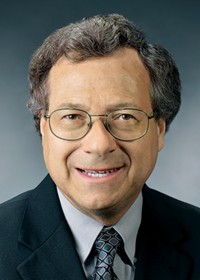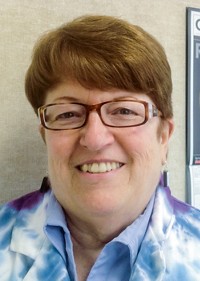Advertisement
Grab your lab coat. Let's get started
Welcome!
Welcome!
Create an account below to get 6 C&EN articles per month, receive newsletters and more - all free.
It seems this is your first time logging in online. Please enter the following information to continue.
As an ACS member you automatically get access to this site. All we need is few more details to create your reading experience.
Not you? Sign in with a different account.
Not you? Sign in with a different account.
ERROR 1
ERROR 1
ERROR 2
ERROR 2
ERROR 2
ERROR 2
ERROR 2
Password and Confirm password must match.
If you have an ACS member number, please enter it here so we can link this account to your membership. (optional)
ERROR 2
ACS values your privacy. By submitting your information, you are gaining access to C&EN and subscribing to our weekly newsletter. We use the information you provide to make your reading experience better, and we will never sell your data to third party members.
Education
James Bryant Conant Award In High School Chemistry Teaching
by Marc S. Reisch
January 26, 2015
| A version of this story appeared in
Volume 93, Issue 4
Sponsored by ACS
Jenelle Ball has a proven ability to cultivate high school students’ curiosity about molecular science. She inspires those who have potential to succeed in chemistry and makes sure they are well prepared for college.
As a teacher of chemistry and also the science department chair at Chico High School, a public school in Chico, Calif., she has advocated for a rigorous science program that students clamor to attend. In her classroom, several students will often respond to questions, and Ball is further able to engage students by extending responses with additional questions.
A professor of chemistry at California State University, Chico (CSUC), who has had several of Ball’s students in his college classroom wondered why they did so well. When he went to observe one of Ball’s vibrant classes at Chico High, he found that student engagement and “the level of understanding articulated by the students was truly impressive.”
The CSUC professor added, “If we could count on all of our freshman general chemistry students coming to the university with that level of understanding, we could do much more in our own classes.”
One graduate of Ball’s classes who is now a tenure-track instructor at CSUC says, “I joyfully credit Ball with showing me the beauty of chemistry and its interaction with other disciplines.” Today teaching chemistry to graduates from Ball’s classes, he finds they are “better at studying, better at performing, and better at asking probing questions” than students from other high schools.
Ball, 55, got her B.S. in chemistry from CSUC in 1982. She received her M.S. the following year from the University of California, Santa Cruz (UCSC), and an M.A. in education from UC Santa Barbara in 1999.
She taught general, organic, and inorganic laboratory classes at UCSC and CSUC from 1982 to 1985. She went on to teach algebra, physics, and chemistry at Corning Union High School in Corning, Calif., through 1987, when she moved to Chico High.
An advocate of hands-on teaching, Ball has successfully raised several thousand dollars to equip a lab for her students. She has won a number of teaching awards, including the 2010 Lloyd Ryland Outstanding High School Chemistry Teacher Award from the California Section of ACS.
To pass on her experience to others, Ball has authored several articles in the Journal of Chemical Education. One of those articles, “A High School Adventure” (1993, DOI: 10.1021/ed070p823), she coauthored with four of her students based on experiments conducted in an advanced chemistry class. All four students pursued careers in science: Two hold Ph.D.s in chemistry and physics, respectively; one is a biochemist and another is a physician.
Ball has presented posters and talks on teaching high school chemistry at ACS national meetings, as well as at meetings of the National Science Teachers Association and the National Association for Research in Science Teaching. She is a member of ACS, the National Science Teachers Association, the California Science Teachers Association, and the American Association of Chemistry Teachers.
Ball will present her award address before the Division of Chemical Education.





Join the conversation
Contact the reporter
Submit a Letter to the Editor for publication
Engage with us on Twitter